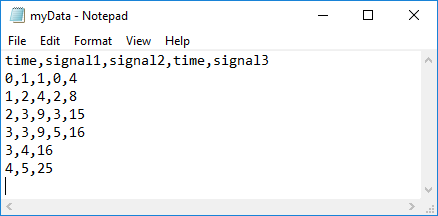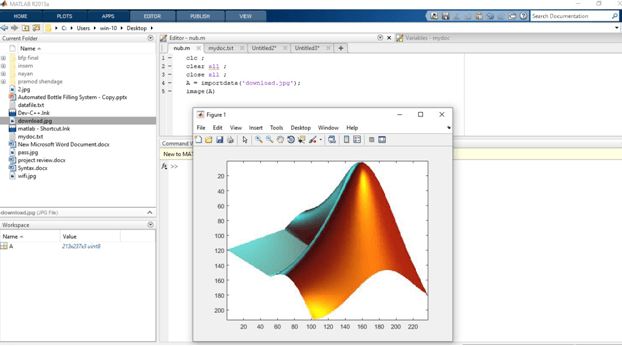
Trailing rows and columns that do not contain data. The importing functionĪutomatically detects the used range by trimming any leading and The spreadsheet that actually contains data. Note: Used Range refers to the rectangular portion of If unspecified, the importing function automatically detects Named ranges exist in a spreadsheet, then the importing function can For instance, you can select a rectangular portion of In Excel, you can create names to identify ranges in the

When reading from a file, you can resume reading. Reading from the specified first row to the end of the data or the If textscan fails to convert a data field, it stops reading and returns all fields read before the failure.

Try using datenum on that column instead (you'll need to specify the date/time format type, see the documentation for datenum ). Importing function automatically detects the extent of the data by 1 Answer Sorted by: 0 As I understand your question, column two is date and time, while the others are scalar numeric values, right The problem may be caused by trying to parse the date/time string using str2double. Specify the first row containing the data using the positive The specified range must match the number specified in the The row extent by reading from the first nonempty row to the end of Specified column range, the import function automatically detects Range by identifying the beginning and ending columns using Range, the importing function automatically detects the columnĮxtent by reading from the first nonempty column to the end of theĭata, and creates one variable per column. Specify the range by identifying the beginning and ending rows Specified range are imported as missing cells. Forĭata contained in the specified range. Each import function has features that make it more suitable to a particular kind of data. An essential part of importing data is to use the correct import function. MATLAB can determine the correct data format relatively often. Start-row, start-column, end-row, and end-column. A basic import uses all the default settings, which works fine for many kinds of data. Using a four element numeric vector containing Opposing corners that define the region to read in Import 10 rows of the first 5 variables from the worksheet named '2007'. Year Month DayofMonth DayOfWeek DepTime CRSDepTime ArrTime CRSArrTime UniqueCarrier FlightNum TailNum ActualElapsedTime CRSElapsedTime AirTime ArrDelay DepDelay Origin Dest Distance TaxiIn TaxiOut Cancelled CancellationCode Diverted CarrierDelay WeatherDelay SDelay SecurityDelay LateAircraftDelay


 0 kommentar(er)
0 kommentar(er)
